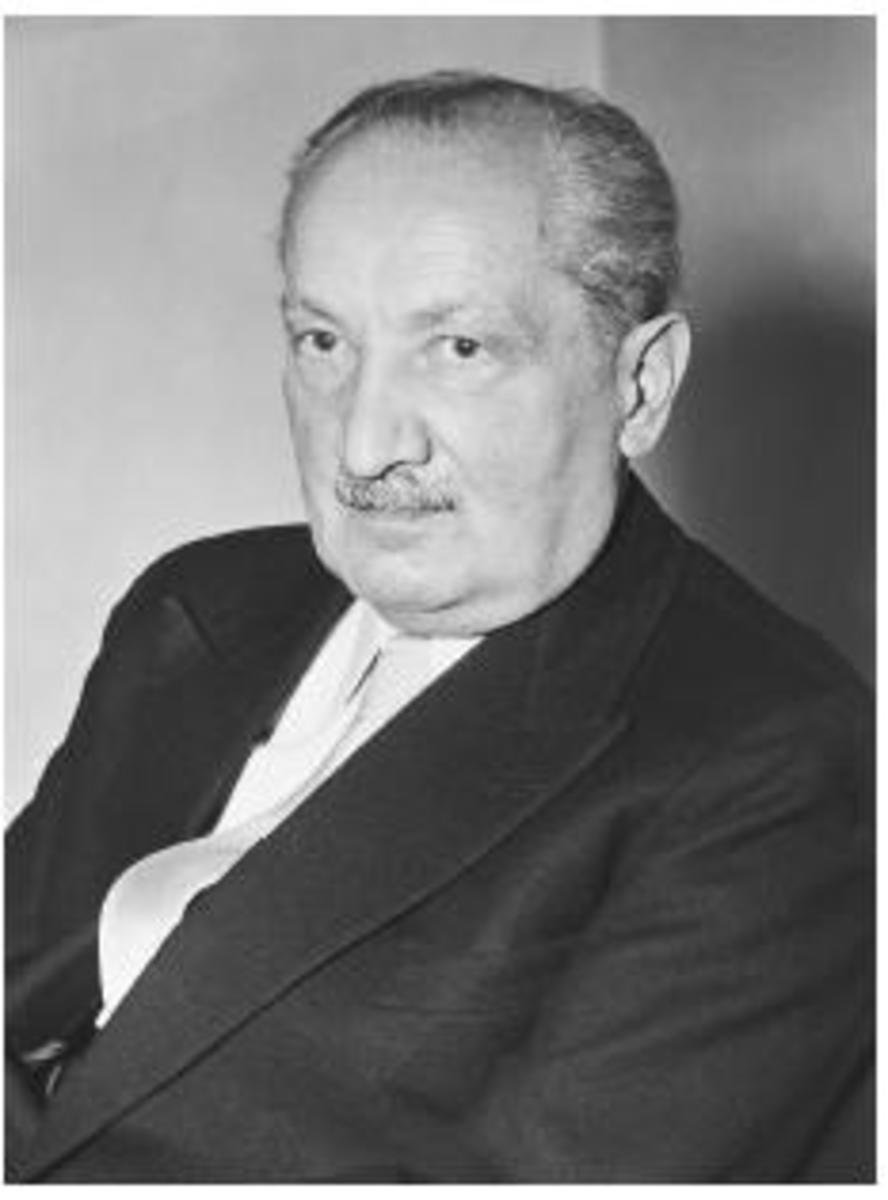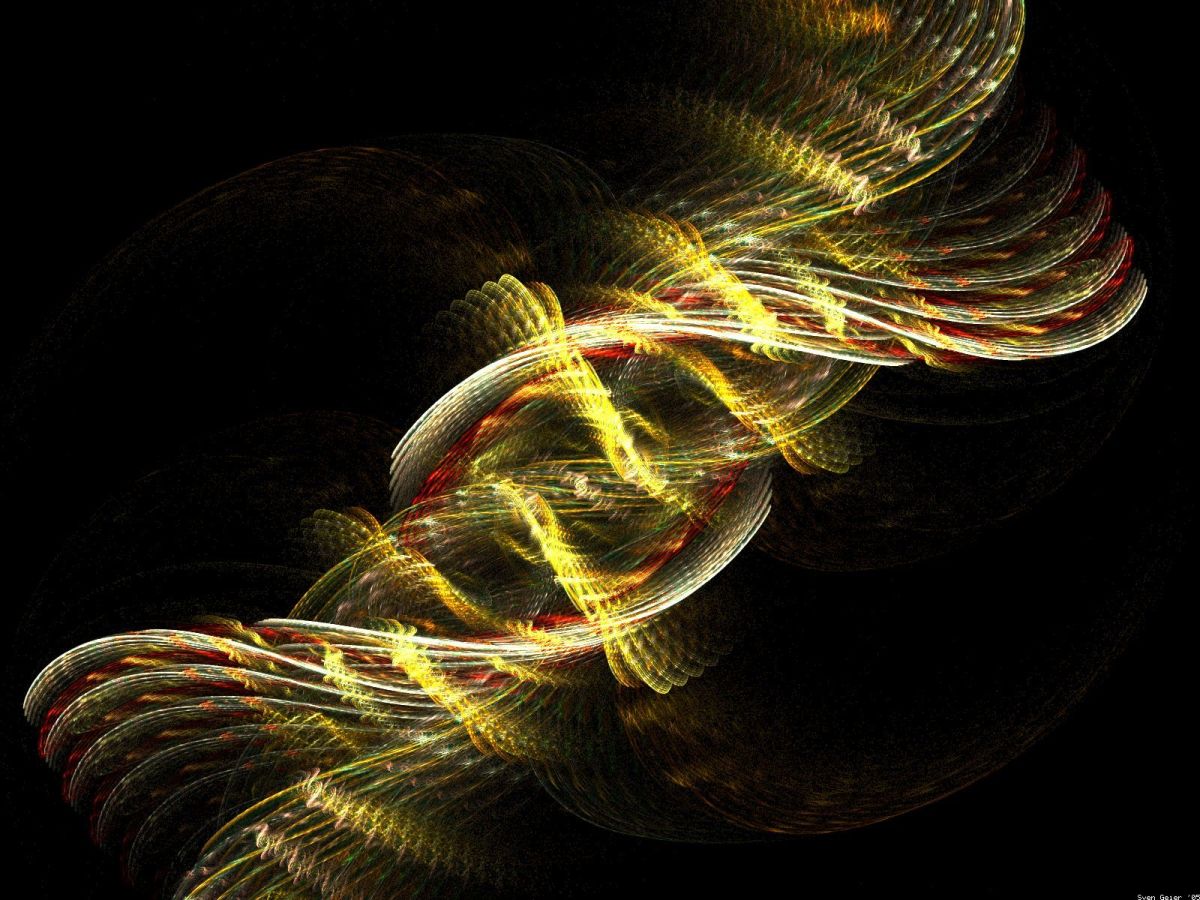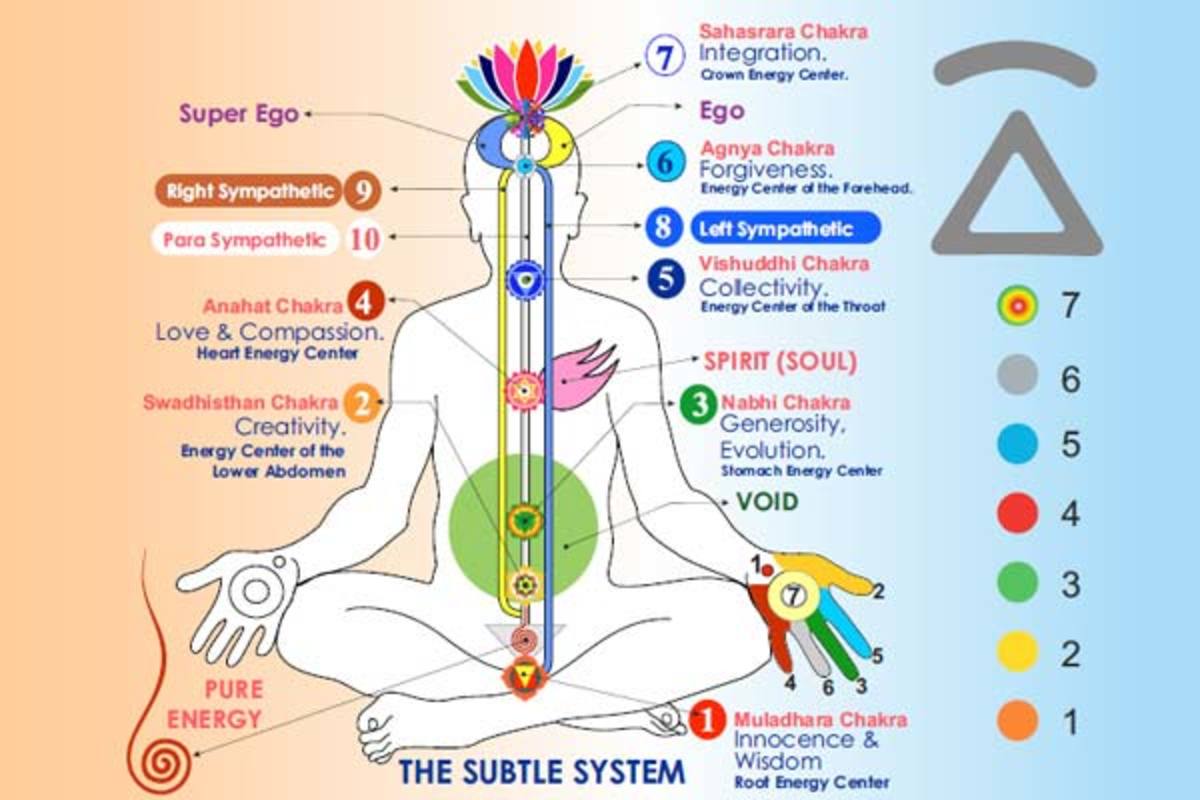Human Cloning & Bioethics - Reason Why People Object?

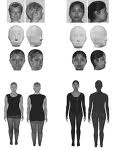
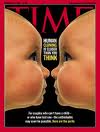
Reproductive cloning promises to give the rearing parents the kind of preferences never before possible in a baby, a baby identical genetically to a progenitor chosen by them, either one member of the couple or some one of their choice. Genetic engineering might also be used to create a clone designed to be “like me but better” in some predetermined way. While parental choice is a feature of adoption, it is much more limited. Beyond faith and hope, one never knows what combination of positive traits a child might manifest and what genetic risks she might carry. This would not be the case with a clone, whether of a particular progenitor or one intentionally modified genetically.
Human cloning raises some important questions about our ability to choose wisely, about our view of human nature, about our capacities. As science and new technology have pushed back the limits of medicine, bio-ethicists and others have thought about answers to new questions such as meaning of death and morality of new ways of creating babies. Questions about cloning are also philosophical.
A few days after the announcement of Dolly, President Clinton banned federal funds for human cloning urging private biological firms to do the same. He asked a little known commission to make recommendations in 90 days about the ethics of human cloning. The National Bioethics Advisory Commission (NABC) never seriously debated the merits of human cloning because it was obvious to the members what the conclusion should be. NABC recommended a federal law to ban any attempt to create a human by cloning, with stiff penalties to enforce it. The commission probably didn’t want to go against the popular emotion and recommended overwhelmingly against human cloning. But the public mistrust of human cloning might itself be seen in the biased role played by the media – both print and visual – that have described only the most evil reasons why anyone would want to clone humans. For instance, people fear that Hitler like dictators would use cloning to produce unthinking automatons or children who were cloned would grow up as neurotic adults.
Human cloning is an ambiguous expression. It might mean at least two distinct things. It might refer to the creation of new human beings through the technology Ian Wilmut used to create Dolly, the sheep. The method used was somatic cell nuclear transfer (SCNT) cloning. The technique involved transplanting the nucleus from an undifferentiated cell of one sheep into the egg of another sheep from which nucleus had been removed. The resulting egg cell was tricked into acting like an embryo, dividing and becoming all the differentiated cells of a new individual. It is this kind of cloning that received intense media attention spurring legislations all over the world to prevent its occurrence. The other meaning of human cloning is the creation of human tissues of varying kinds such as skin, bone marrow, organs etc for the purposes of transplantation. The National Bioethics Advisory Commission (NBAC) emphasized the importance of distinguishing between human cloning and cloning humans so that while banning the cloning of human beings they do not inadvertently ban human cloning. The careless wording could prohibit both kinds of cloning – therapeutic or good cloning and reproductive or the bad cloning – that NBAC was anxious to avoid. What is however important to recognize is that both human cloning and cloning human beings raise important ethical questions, as whether stem cells needed for cloning of human parts leads to the dilemma if research on embryonic stem cells is embryo research that comes under the congressional ban. While the government funded labs cannot conduct this research, the private labs can.
The NBAC report, Cloning Human Beings , notes that “Even for absolute opponents, the process of cloning humans only violates human dignity, it does not diminish human dignity”. The NBAC also registers its fear of commodification by citing Rabbi R.E.N Dorff’s testimony before the Commission on March 14, 1997: “commodification would deny the sacred character of human life depicted in the Jewish tradition, transforming it instead to fungible commodities on the human market place to be judged by a given person’s worth to the others”.
The primary reason for the NBAC’s recommending a ban on cloning human beings is that it poses a threat to safety: “It is important to recognize that the technique that produced Dolly the sheep was successful in only 1 of 277 attempts. If attempted in humans, it would pose the risk of hormonal manipulation in the egg donor; multiple miscarriages in birth mother; and possibly severe developmental abnormalities in any resulting child”.
In 1993, researchers from GeorgeWashingtonUniversity revealed that they had devised a technique for cloning human beings. It was intended to assist infertile couples that wanted to conceive artificially. The technique also allowed couples to produce multiple embryos that are genetically identical. The procedure makes use of the technique of dividing an embryo in separate cluster of cells, thereafter implanted in a womb to develop in the usual way. Also, the cell clusters could be implanted any time later as they could be stored indefinitely, so that genetically identical siblings could be brought to term years apart.
As expected, it led to an intense debate between ethics and fertility experts since cloning technique had never been applied to human beings even as the technique had been in use for years for cattle breeding. The human cloning while offering a hope to infertile couples raises difficult questions about selling embryos and breeding genetically desirable human beings. The ethicists appear to be deeply troubled about practical and ethical consequences that cloning raises. For example some people are concerned about the genetic mistakes that might result during the process of refining the cloning procedure. The others object to cloning because it limits human individuality and uniqueness as against multiple clones all alike.
Nonetheless cloning option can be a boon to childless couples. Childless couples have the option of adoption currently. Cloning when legalized may offer them an alternative. Clones, adopted or not, would truly be chosen with specific instruction that the child clone resemble the progenitor. Some parents might even come to prefer a cloned child to whom the jointly reproduced. However, the moral, ethical, legal and social issues surrounding a human clone remains so mired in controversy that myth and reality often get mixed up.
Cloning human beings is a distinct possibility. This has been made possible by advancement in genetic science the evidence of which resulted in Dolly, the sheep. What was till then closeted in science fiction became a fact. However, the cloning of sheep was no miracle as the possibilities available with genetic science had been debated since decades. Only, no one was actually prepared to handle the consequences that the break through could possibly entail in the world of human affairs if the technology was unleashed in an unprepared world. For decades, the myth of clones had fed the intellect of young and old alike. Technology is neutral in itself. How we handle the technology determines the consequences. When the first test-tube baby was produced the world was horrified, but in-vitro fertilization proved a boon to childless couples. Laws are put in place to curb the negative impact of technology. At any rate, cloning technology cannot have more horrendous, and more unethical impact than nuclear technology. But we have lived with this technology for six decades. Cloning technology too have a number of beneficial uses for mankind. But cloning a human being once legalized will open a Pandora’s Box that will be difficult to rein in. However, within the context of human cloning we need to debate as well as understand further the limits to endless possibilities, for not all human cloning can be unethical or detrimental to humanity. As technology shapes society so it is quite likely that human cloning goes a long way in shaping the future society.

